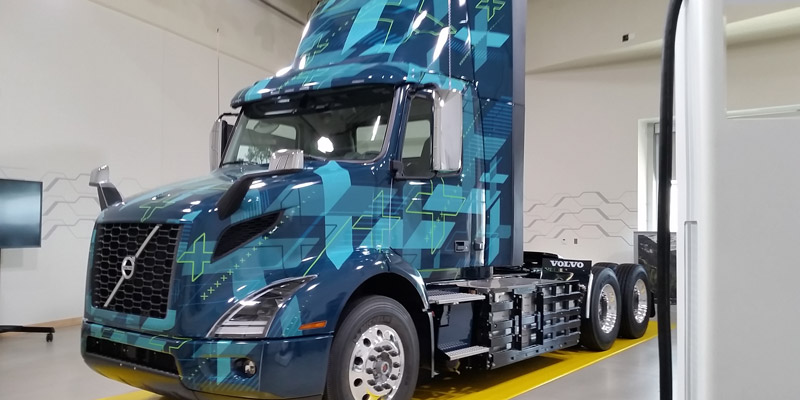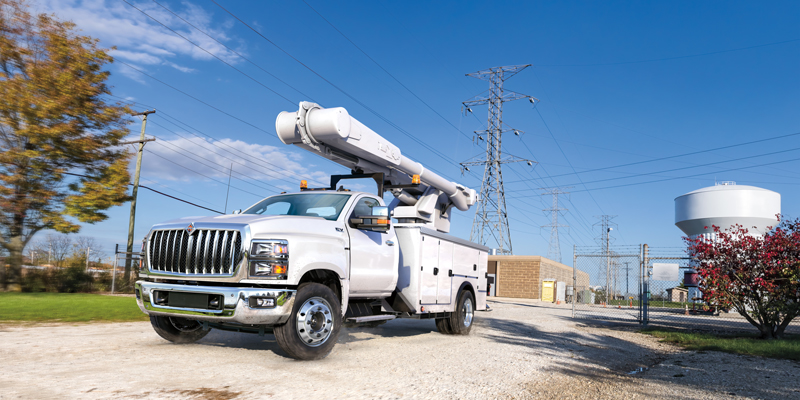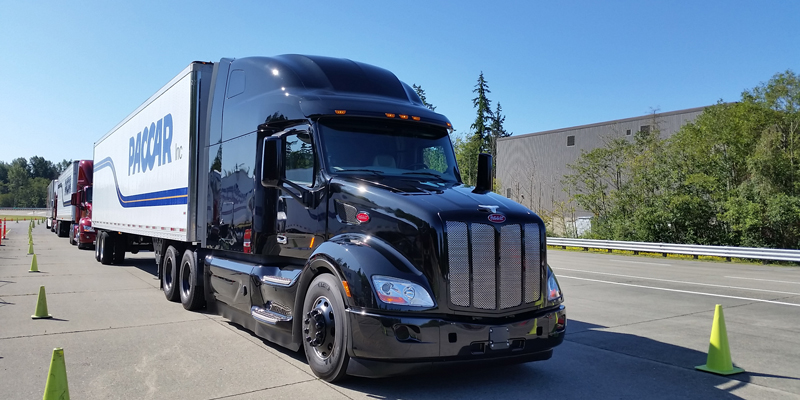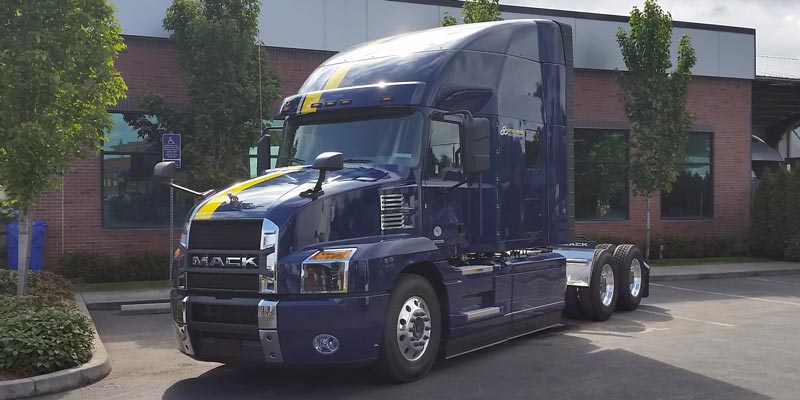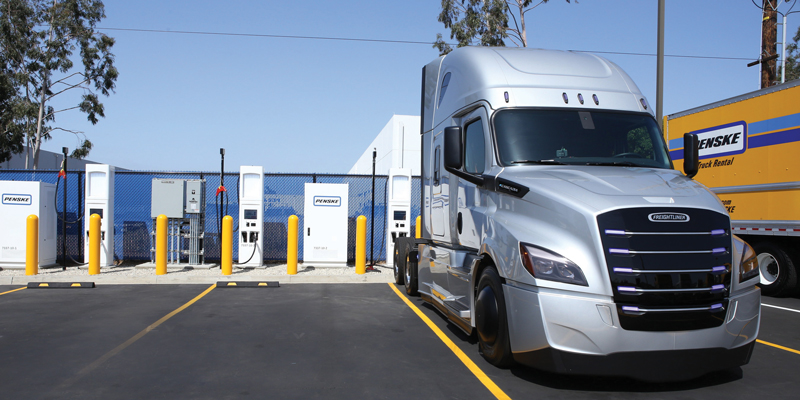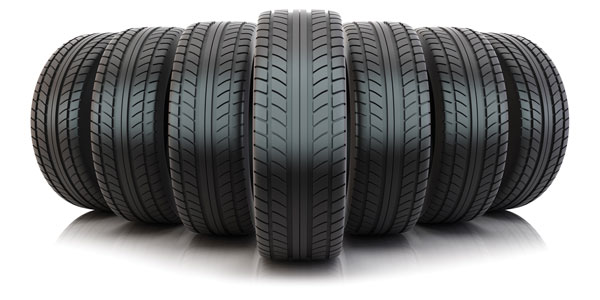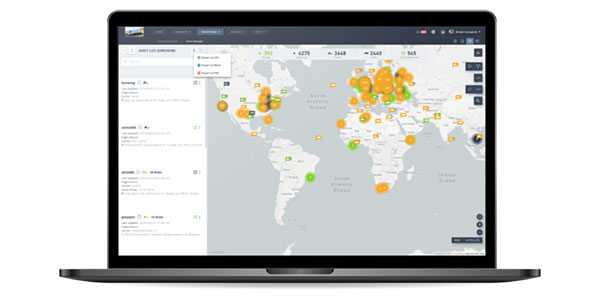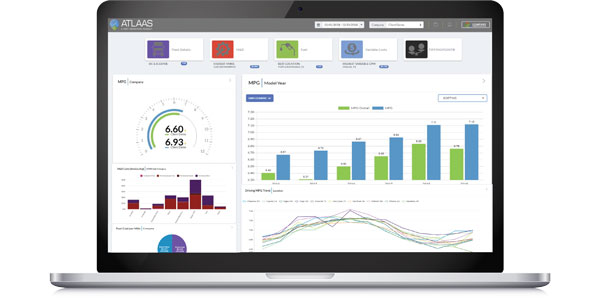Idling might not seem like a big deal. If you’re not using it, switch it off; it’s a simple message. But the reality is more complicated than that and any parent who has tried to communicate the “switch off the light” message can understand why.
A child doesn’t appreciate the cost of leaving the light on. The simple message is wasted on an audience that has no motivation to follow through on the advice. Psychologists refer to this as the intention-action gap. It’s the same thing you experience on those days you told yourself you’d get to the gym—but didn’t.
Engine idling wastes one gallon of fuel per hour and every year consumes more than six billion gallons. The good news is that fleet owners no longer have to play the nagging parent when it comes to getting drivers to switch off and minimize (or completely eliminate) unnecessary idling. Technologies are giving drivers strong incentives to self-regulate vehicle idling. Through a combination of software smarts and behavioral psychology, these new solutions are making use of what’s called “gamification” to motivate drivers and reinforce good habits. Fleet managers have always understood the importance of curbing unproductive idling but drivers suffer from the intention-action gap we referred to earlier. How can you bridge that gap between intention and positive action?
Use the data to improve driver education
It’s one thing to tell your drivers to stop idling but it’s more than likely they have what they consider valid reasons for doing it. The insight gained from Telogis fleet management software will uncover the areas you need to zero in on.
For example, one fleet discovered trucks were idling a lot when making deliveries at customer sites. Upon investigation it was discovered drivers believed they needed to keep the engine running to power the lift gate on the truck and prevent the battery from being run down. However, this proved to be a false concern. A test by the company’s lift gate installer determined that lift gates could actually be cycled 14 times before the battery ran down.
Another possible scenario: Trucks being idled at night when parked in rest areas, indicating the driver is simply looking to maintain a comfortable temperature in the cab. In these situations, it may be worth investigating costs associated with fitting the truck with an APU or alternative AC solution.
Motivating drivers to switch off
New tools such as Telogis Coach are personalizing the excessive idling problem, turning it into a game, where friendly competition and bragging rights encourage drivers to hit company targets.
“Since we’ve switched over we’ve seen a huge savings on the bottom line,” said Tim Karle, equipment superintendent at Atkinson Construction. “Idling has been reduced by 50%.”
Drivers can see their idling “score” or percentage relative to other drivers and improve their position on the team leader board. Scorecards can be customized to include other metrics such as overall MPG, safe driving and on-time starts.
This gamification of driver behavior is helping drivers monitor and modify their own actions with little or no intervention from supervisors, speeding up the feedback loop and closing the gap between intention and action.
Progressive fleets are using this self-policing training to reward good drivers and motivate others to contribute to achieving company-wide goals, such as minimizing wasteful idling.
Editor’s Note: This article was provided by Kelly Frey, the vice president of product marketing for Telogis who has more than 20 years of experience as a senior executive and entrepreneur focused on supply chain optimization and fleet compliance solutions.




